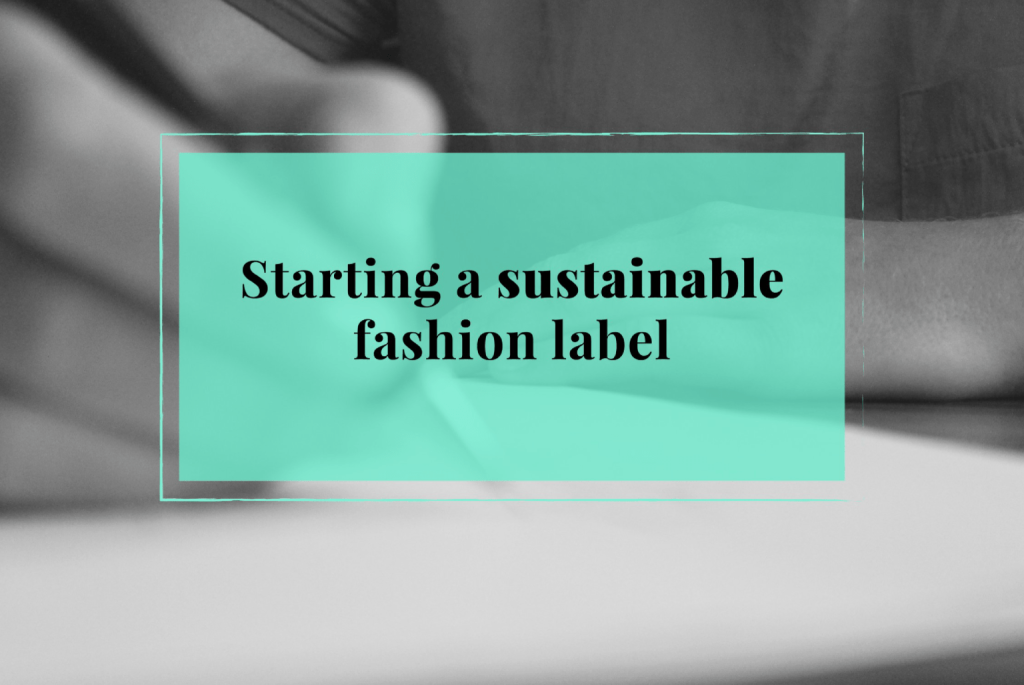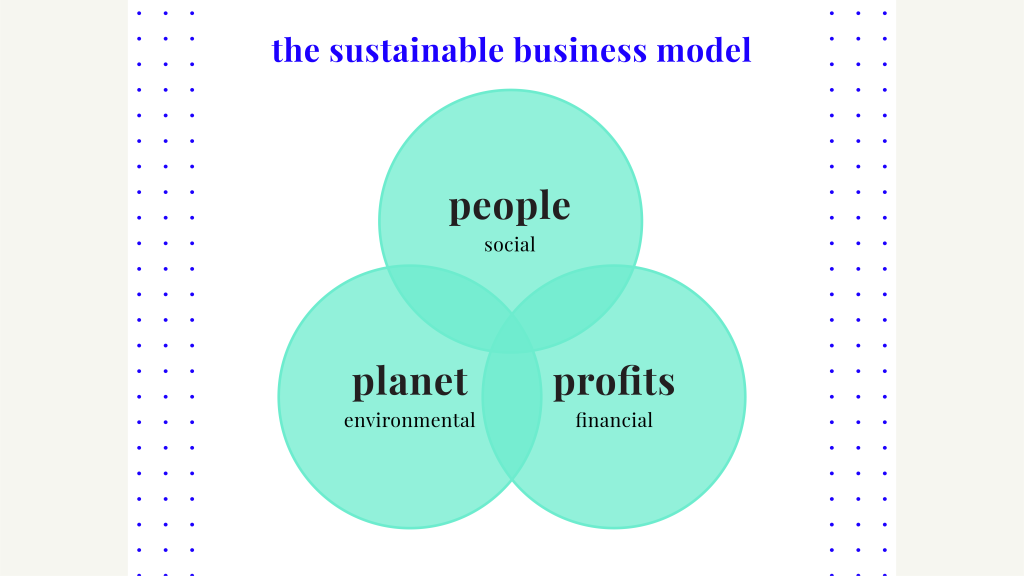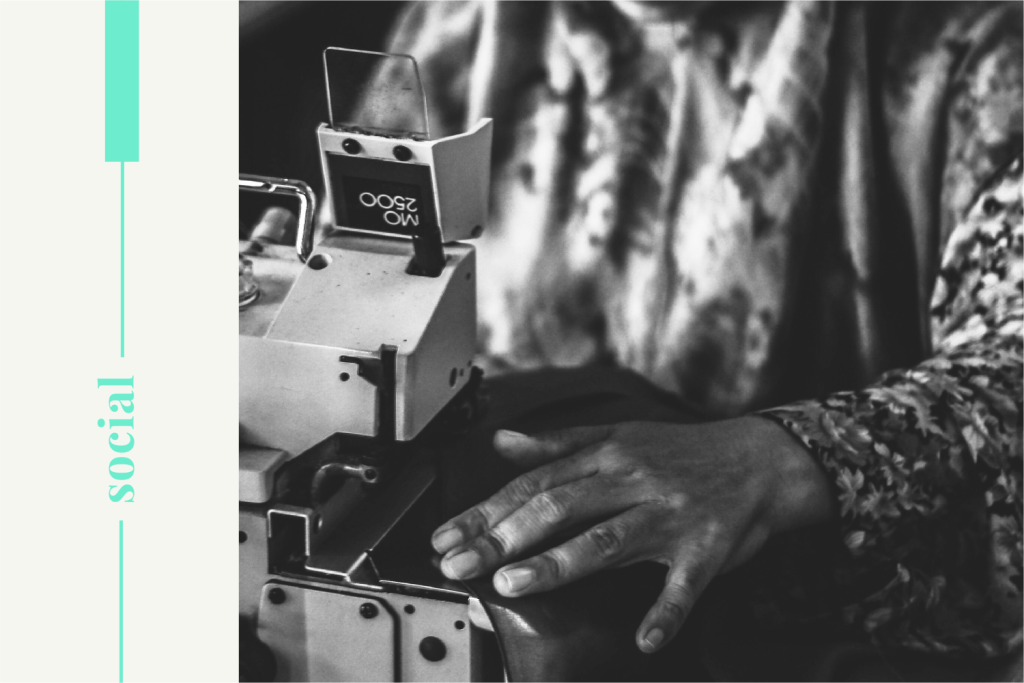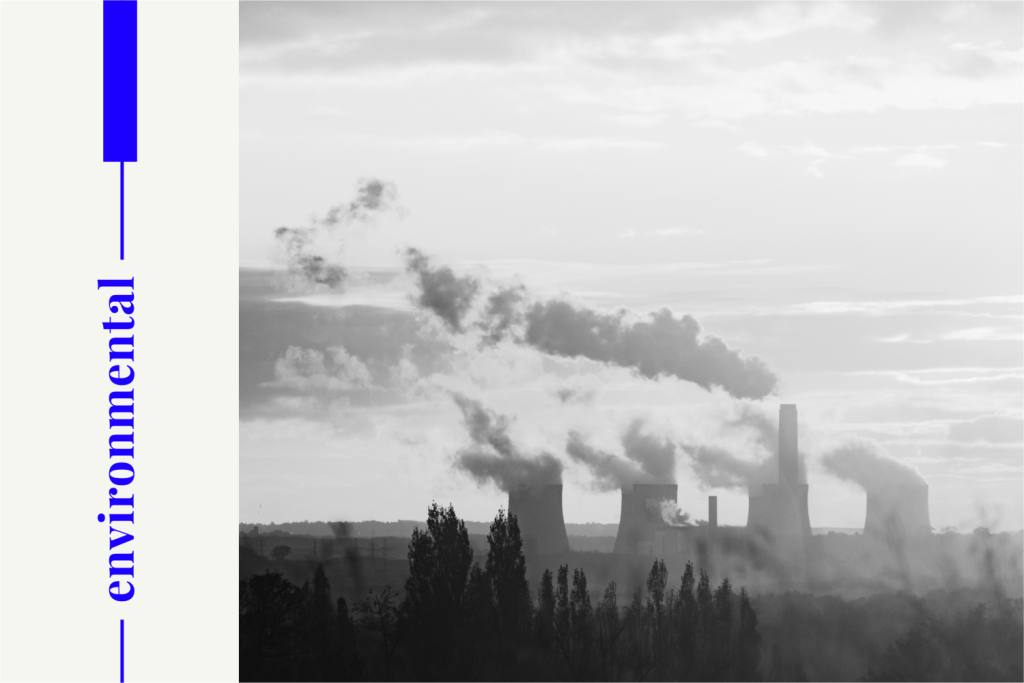Starting and growing a fashion sustainable fashion label
Starting and growing a fashion sustainable fashion label

Only a few years ago, sustainability was regarded solely as a marketing claim, but it is now considered an essential element at the heart of fashion businesses. But what exactly is sustainable fashion? Well, honestly there is no definitive meaning. It’s a broad topic and can be interpreted in different ways. Essentially though having a sustainable fashion business is about being able to remain productive indefinitely. With this in mind let’s take a brief look at the sustainable business model.
Simply put, there are three key areas that are considered equally fundamental to business success; sustaining your profits, whilst looking after the people and planet.


However, fashion is one of the most polluting industries, so let’s be honest not many brands are truly sustainable. This is where small brands have an advantage over larger corporations. Implementing change throughout a large business that doesn’t already have systems in place is not only difficult, but a slow process. Remember as a small business you are nimble and able to pivot fast, so can literally design better future. Your seemingly small actions taken collectively can add up to real change.
I’m sure you’ve heard the news stories, which is why you’re here, but it is important to look at the issues in order to implement change within the industry. So, let’s take a brief look at the scale of the problem…
According to the Ellen MacCarther Foundation; less than 1% of clothing is recycled into new clothing each year. Developing the technology and market for recycled fibres is a key challenge in the move to a more circular fashion system. As well as lack of demand, the ability to recycle textiles into high value new products is limited. Current mechanical recycling processes damage the original fibre and shorten the fibre length. This limits the options and range of markets for recycled fibres and in most cases, they can only be recycled once.
Textiles are estimated to be the largest source of synthetic fibres in the oceans with 500,000 tons of microfibres are released into the oceans every year during clothes washing, which is the equivalent of more than 50 billion plastic bottles. Choice of synthetic fibre and design of garments can result in significant differences in the emission of plastic microfibres to the environment.
The growing and production of fibres consumes the greatest quantity of water. Water is also used when dyeing, finishing and washing clothes. According to WRAP, cotton production accounts for 69% of the water footprint of fibre production for textiles and 20,000 Litres is the amount of water needed to produce one kilogram of cotton. The equivalent to a single t-shirt and a pair of jeans.


Concerns have been raised that the current ‘fast fashion’ business model is encouraging over-consumption and generating excessive waste and as much as 50% of fast fashion is disposed of within a year.
Poor working conditions in fashion supply chains hit the headlines on 24 April 2013, the Rana Plaza garment factory in Bangladesh collapsed. The building housed five garment factories where 1,138 people died and another 2,500 were injured, making it one the largest industrial disasters in history. The victims were mostly young women.
Of course, these only scratch the surface of a much more complex problem. Let’s go through the key issues surrounding sustainable fashion…
Garment production is one of the world’s biggest and most labour-intensive manufacturing industries, and It’s responsible for millions of people’s well-being around the world. There are a number of issues that relate to workers and communities that you should consider within your business. Even small decisions can have a direct and indirect impact on people working across fashion’s supply chains.
The key social issues are:
Forced Labour and Slavery
Wages
Working Conditions
Purchasing Practices
Craft Skill and Preservation


Forced Labour
It is estimated that 40 million people are living in modern slavery and nearly 25 million in forced labour today. Many of whom are working in the supply chains of brands and retailers. A 2016 report found that out of 71 leading retailers in the UK, 77% believed there was a likelihood of modern slavery occurring at some stage in their supply chains.
Wages
The legal minimum wage in most garment-producing countries is rarely enough for a worker to live on. Many of these are women who have children and families to provide for and no other income earners in the family to contribute. Not only do low wages keep garment workers in a cycle of poverty, but they also increase the pressure to work long overtime hours, which impacts on health and safety, as well as on productivity.
Working Conditions
Despite a number of international standards, certifications and government legislation in place, working conditions are still a huge issue. Systematic exploitation remains rife. It’s the women and girls that face the brunt of the exploitation in the fashion industry, often at the bottom of the value chain working in the fields or factories.
Purchasing practices
It is through purchasing practices, that businesses can have among the most profound impacts, on working conditions along the supply chain. Conventionally these can include aggressive price negotiation, inaccurate forecasting, late orders and short lead times, which put suppliers under intense pressure, and lead directly to poor working conditions. Last minute changes in your order may result in workers being forced to do unpaid overtime or face intimidating demands.
Craft and Preserving Skills
Behind agriculture, artisan activity is the second largest employer in the developing world. As the demand decreases, artisans are forced to abandon their business and move to the cities to earn a higher income. As a result, several traditional crafting skills and techniques have disappeared, yet heritage needs to be identified and protected or it may disappear forever.
Fashion has a huge impact on the environment. It requires large amounts of water, energy and land to grow fibres such as cotton. It can often be a thirsty, polluting, energy intensive and a wasteful business. Think about what you want your impact to be on the planet.


The key environmental issues within the fashion industry are:
Waste
Water
Animal Welfare
Chemicals
Energy
Waste
Last year the worldwide consumption of textiles reached approximately 73 million tonnes. The current ‘fast fashion’ business model is encouraging over-consumption and generating excessive waste. Resulting in less than 1% of material used to produce clothing is recycled into new clothing at the end of its life.
Water
Huge amounts of water is being used in the wet processing of clothes, such as dyeing and washing. However, the growing and production of fibres consumes the greatest quantity. The Aral Sea, formerly one of the four largest lakes in the world, has almost entirely dried up, in large part due to intensive industrial cotton farming.
Animal welfare
No animal deserves to live in miserable conditions, subject to pain and suffering, so avoiding animal products and using alternatives is a good start. Otherwise, there are routes for sourcing animal skins and feathers as a bi-product of the meat industry. For example, rather than being dumped back into the sea, fish skins can be used to make leather, or you could use fur that has been produced from roadkill or naturally shredded feathers as opposed to live-plucked.
Chemicals
Over 8,000 synthetic chemicals are used throughout the world to turn raw materials into textiles, many of which will be released into freshwater sources. Even after wastewater has been treated, residual chemicals from the dyeing process continue to be present in water supplies. These residues can be carcinogenic, toxic, mutagenic and have detrimental effects upon human reproductive systems.
Energy
Textile production is a major contributor to climate change and the Carbon Trust reports that clothing accounts for around 3% of global production of CO2 emissions; this is during both manufacturing and during consumer use. This is more than international flights and maritime shipping combined. Around half of these emissions occur whilst clothing is being worn, washed, tumble-dried, ironed.
As you can see there are many different approaches towards building a sustainable brand and there is no right or wrong approach. The direction you take will largely depend on what aspects are important to you. Often it can seem overwhelming when we look at all the problems, and although you may want to integrate everything at once, I suggest you choose 2 or 3 topics that you feel resonate with you. Think about why they’re important and how they relate to you and your business.
If you’d like help with your sustainable fashion business, get in touch.
WORK WITH ME
COPYRIGHT © 2024 ABIGAIL EATON
RESOURCES